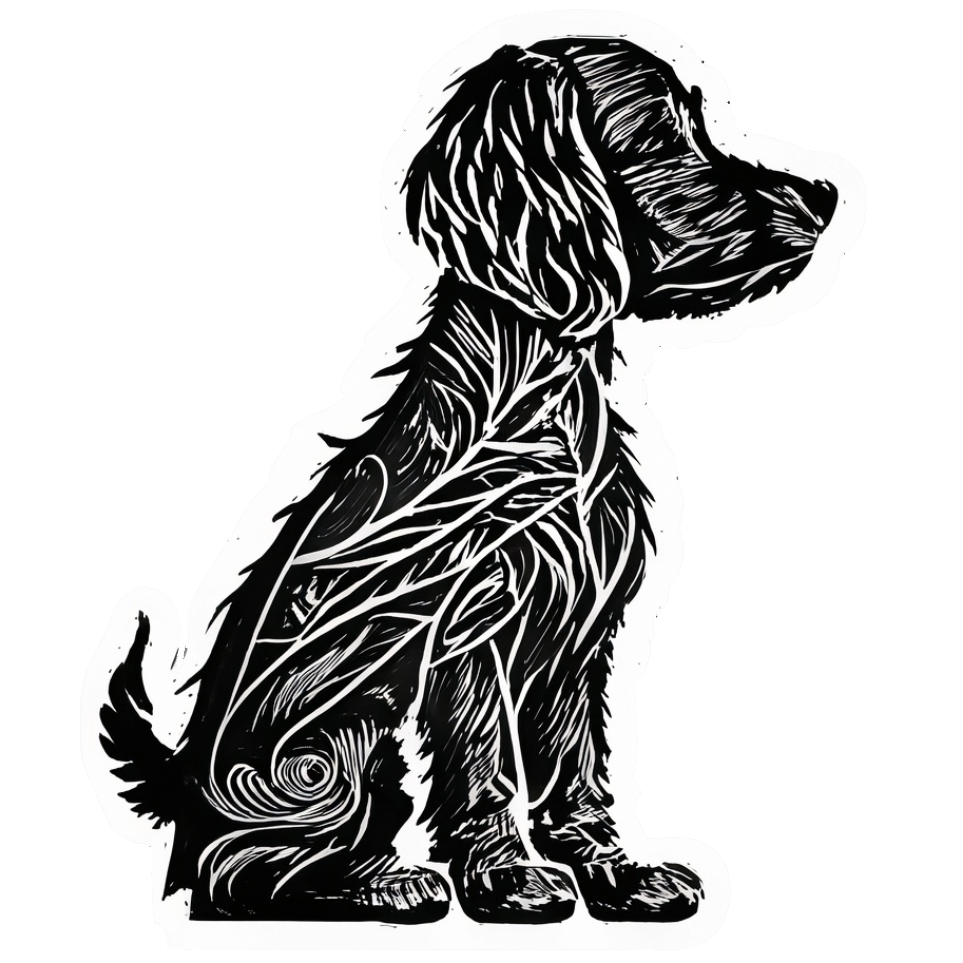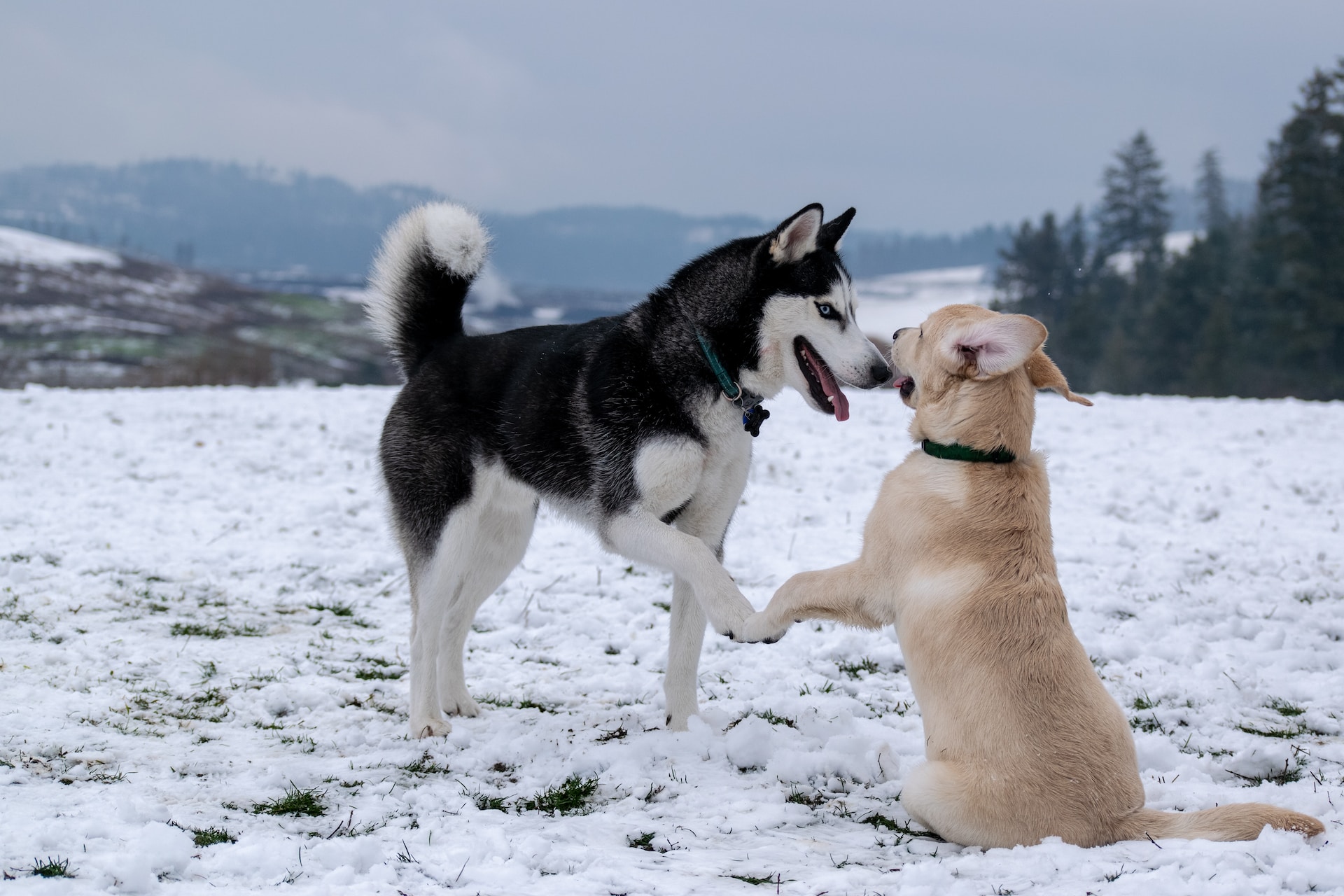Have you ever caught your dog staring at you while you’re eating? Or perhaps they’ve started wagging their tail frantically when you pick up their leash? Dogs communicate with us constantly, but without words. Instead, they use a complex system of body language signals that can tell us everything from “I’m happy and relaxed” to “I’m scared and need space”. Understanding these signals can improve our relationship with our pets, and ensure their wellbeing. Here’s our comprehensive guide to understanding your dog’s body language.
The Tail Tells a Tale
The tail is one of the most expressive parts of a dog’s body. A wagging tail often signals happiness, but the speed and direction of the wag can indicate different emotions. A slow, low wag can indicate insecurity, while a fast, high wag could mean your dog is excited. If the tail is tucked between the legs, it usually signals fear or anxiety.
Eyes Wide Open
A dog’s eyes can express a wide range of emotions. When a dog is relaxed and comfortable, their eyes will be their normal shape. However, if they are rounded and showing more white than usual (often called ‘whale eye’), it could indicate that your dog is stressed or anxious. If your dog is giving a hard stare, with narrowed eyes, it’s usually a signal of aggression or dominance.
The Significance of Ears
The position of your dog’s ears can also reveal a lot about their mood. Erect ears show that your dog is alert and paying attention. If they’re pinned back, it often means your dog is anxious or afraid. Relaxed ears typically mean a relaxed dog.
Posture and Movement
A relaxed dog will have a loose, easy posture, and movements will appear fluid. On the other hand, a dog that is scared or anxious may cower, tuck their tail, lower their body close to the ground, or try to make themselves appear smaller. A dog that is showing dominance or aggression may make themselves appear larger, standing tall with their tail raised high.
Mouth and Facial Expressions
A relaxed dog will likely have a slightly open mouth with their tongue lolling out, while an anxious or scared dog may have a tightly closed mouth. A dog that’s panting heavily, even when it’s not hot, can also indicate stress. Yawning in dogs, contrary to human behavior, often signals stress or nervousness.
Putting it all together
Remember, body language needs to be read in context, taking into account the overall behavior of the dog. It’s also important to understand your dog’s normal behavior to better recognize when something is different.
While this guide covers many of the basics, each dog is an individual with their own unique ways of expressing themselves. Spend time with your dog, observe them in a variety of situations, and before long, you’ll be fluent in their language.
By understanding your dog’s body language, you can respond better to their needs, creating a happier, healthier relationship. Remember, when in doubt, always consult with a professional dog trainer or a behaviorist for a more nuanced understanding of your dog’s behavior.




